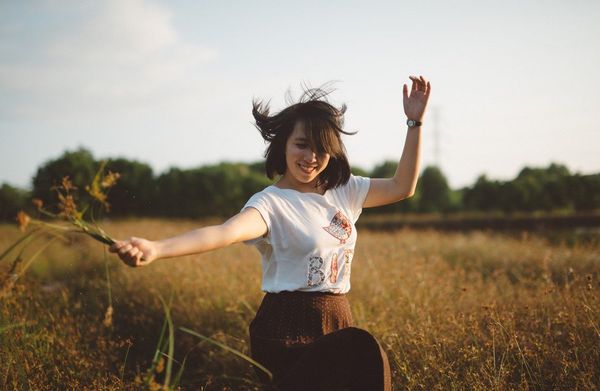As a little girl I have always grown up with a love and adoration of Disney, and in specific Disney Princesses. Ever since a little girl I have wished to be a Disney princess and look as beautiful as they did. This love though however transpired to a negative self-image of myself. We show little girls and boys from a young age that these images are the ideal. These princesses become what is thought of as beautiful, and the princes become the ideal male image of handsome. Young girls since being exposed at such a young age and so often begin to develop the "princess effect" which alters not only their view on physical image, but on gender roles in society. These princes and princesses though are often a very similar image of beauty.
The princess effect greatly effects how young girls view what is beautiful and what her physical appearance should look like. It also alters how a young girl will view her life and expectations when she becomes an adolescent and young adult. Girls begin to view themselves as damsels in distress and can only have a happily ever after if they are saved by a man. They view themselves as dependent of a male soulmate and do not view themselves as capable of helping and saving themselves from troubling situations. Girls are taught to not speak out, and the concept that ladies should be "seen and not heard" is most often seen in early Disney movies such as Snow White (1937) and Cinderella (1950). Although these views in the movie may be contributed to the societal views of the decade, they still continue to an extent in Disney movies being made today.
The first Disney princess images that were presented to the public included Snow White (1937), Cinderella (1950), and Aurora/ Briar Rose (1959). Although the country of origin of all these princesses may vary, they have many physical similarities. This beauty image continued throughout most of Disney's movies, including very few princesses who were not white and none that were not of a tall but petite frame. The only ones who varied from this image include: Jasmine (1992) but possessed many of the same attributes as previous princesses. Pocahontas (1995), Mulan (1998), and Tiana (2009) all came from different races but still portrayed the attributes of weight and height. Of the 13 current Disney princesses (Snow White, Cinderella, Aurora, Ariel, Belle, Jasmine, Pocahontas, Mulan, Tiana, Rapunzel, Merida, Anna, and Elsa) only four were of a race other than Caucasian.
All princesses before 1995 had the same princess image and all had the same happily ever after storybook ending in which they are saved by a Prince in one way or another. Some may question those that are saved through the stories that occurred between 1989 and 1992, because of the female saving the man or not needing rescuing by the lead male in the story. This can be seen greatly in the story of Beauty and the Beast (1991) in which Belle saves the Beast, but the overall ending of the story is when Belle marries Beast (Prince Adam), typical to most Disney princess movies.
These attributes therefore become what little children grow up thinking is "normal" and beautiful, and if one does not look like these images they begin to think that their own image is not good enough. They self-confidence and self-image begin to plummet immensely and girls become more likely to develop a distorted body image and eating habits. 42% of 1st-3rd graders wish to be thinner and over one half of teenage girls and 1/3 of teenage boys use unhealthy weight control behaviors.




















